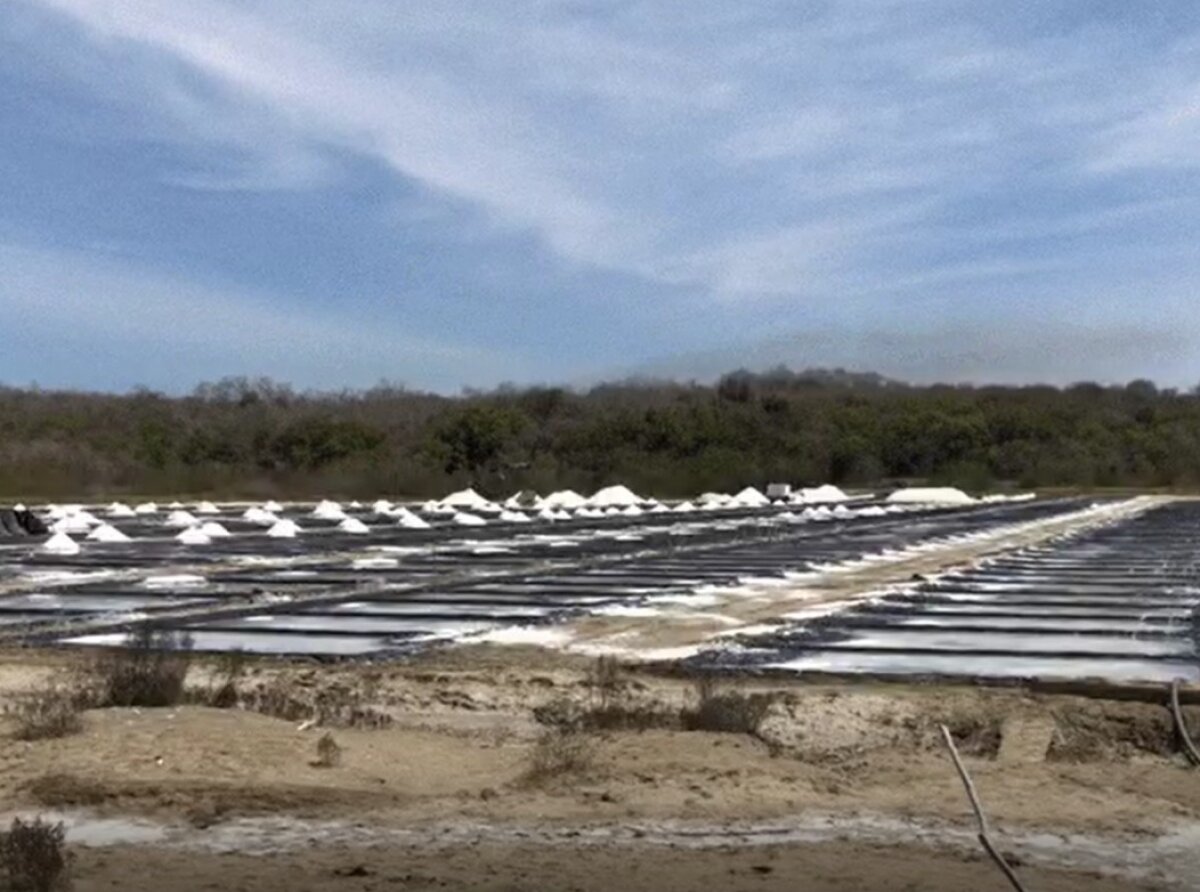Support is granted to make the extraction of sea salt more efficient.
In order for the salt plant of the Cooperativa de la Laguna Xola Paramán to have greater efficiency in the processing and storage of sea salt, the Jalisco Secretariat of Agriculture and Rural Development (SADER,) supported this organization of the municipality of Tomatlán.
The channeled support is for the establishment of a raised perimeter in the area of the salt mine, in order to control the concentration of seawater, as specified by the person in charge of the office of the state secretariat, Salvador Álvarez García.
The state official pointed out that these types of actions, in addition to influencing the productive diversification of the rural communitites, also have an impact on the environmental part, if it is considered that the Xola Paramán lagoon has its importance as a wetland.
In this regard, the president of the salt cooperative, Luis Vázquez Lemus, explained that the raised perimeter will work towards protecting the salty area against the effect of rising water from storm surge.
He brought up that the salinera has been giving benefits to the ejido members for more than 30 years. He said that only 30 associates were involved in this year's season, and that each one on average contributed between 200 and 250 tons of salt in the period of production, which usually involves five months or so from the end of January until the arrival of the rainy season.
SADER Jalisco contributed 430,000 pesos for the construction of the raised perimeter of the salinera, whose salting area amounts to 10-15 hectares.
He added that there is the challenge of improving marketing, especially in direct placement of the product to reduce the negative effect of intermediaries.
Sea salt is extracted from shallow deposits, known as salinas, where sea water accumulates and then evaporates due to the sun and wind. The effect of the sun produces the gradual evaporation of water. After this process, the salt is settled at the bottom of the salt flats.
Since ancient times, sea salt has various uses in the food, chemical, pharmaceutical, livestock feed, and construction industries, among others.
Tomatlán is the only Mexican municipality that has five wetlands in the RAMSAR Network: Xola-Paramán lagoon, Agua Dulce lagoon and Estero Ermitaño; Chalacatepec lagoon, Majahuas estuary; and the El Chorro estuary. On the Jalisco coast there is one other salt mine in the town of Cruz de Loreto, also in Tomatlán.

